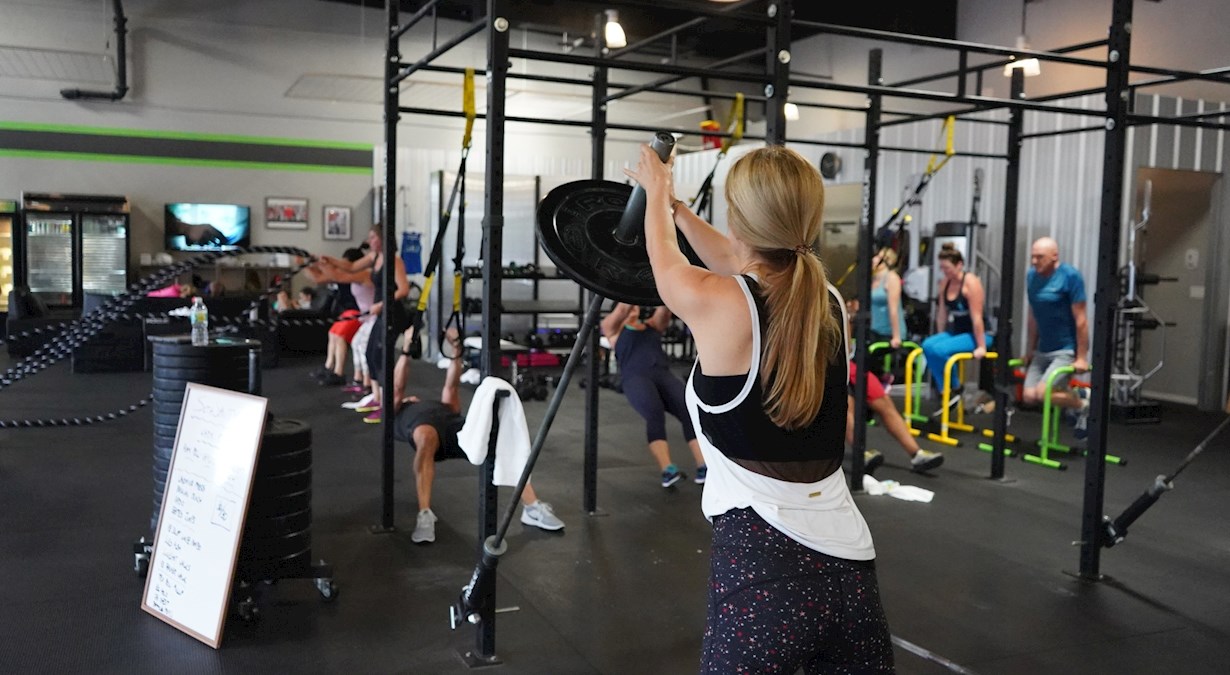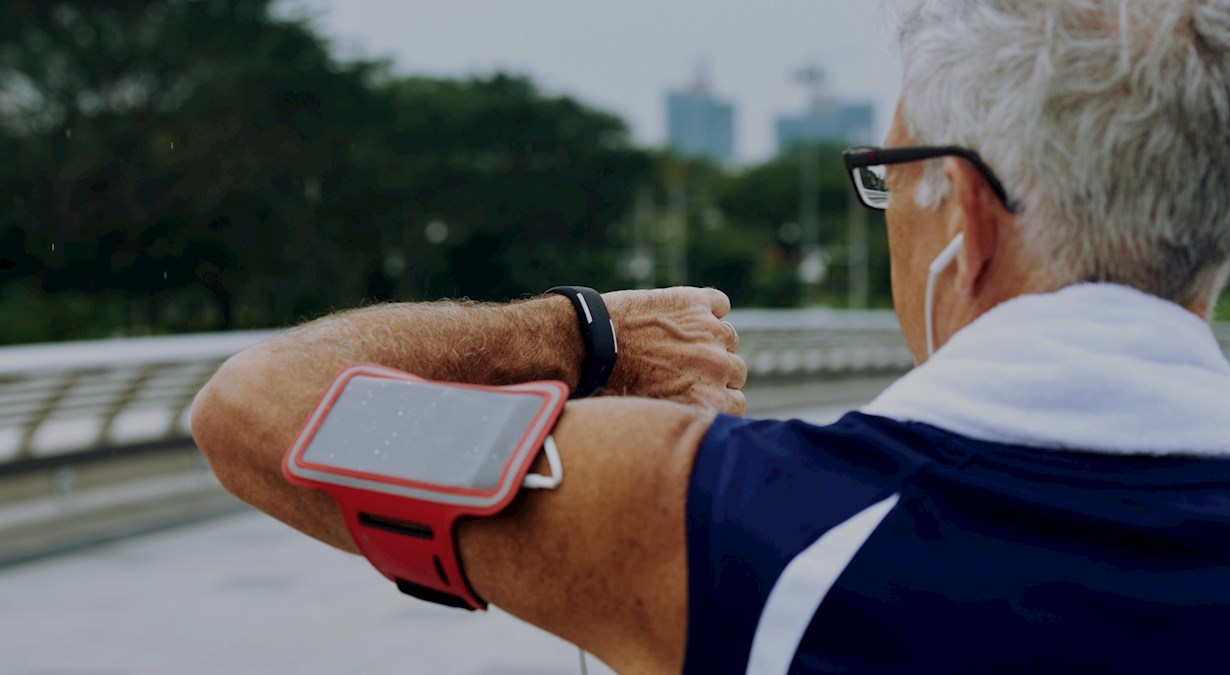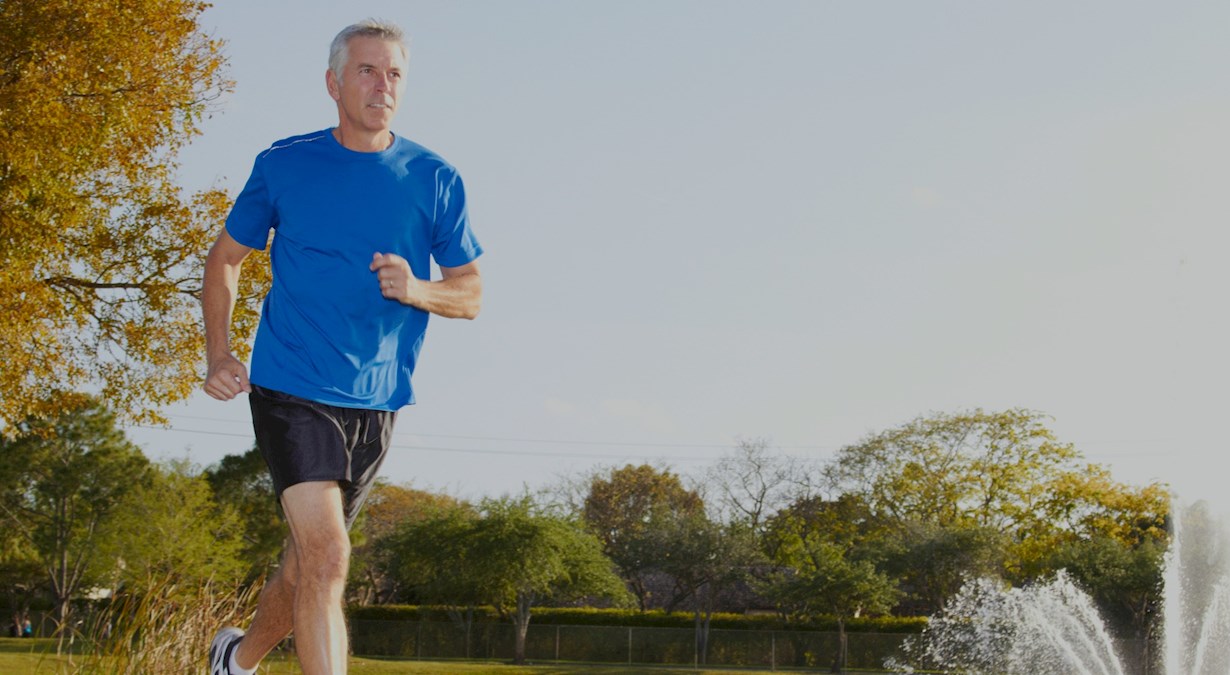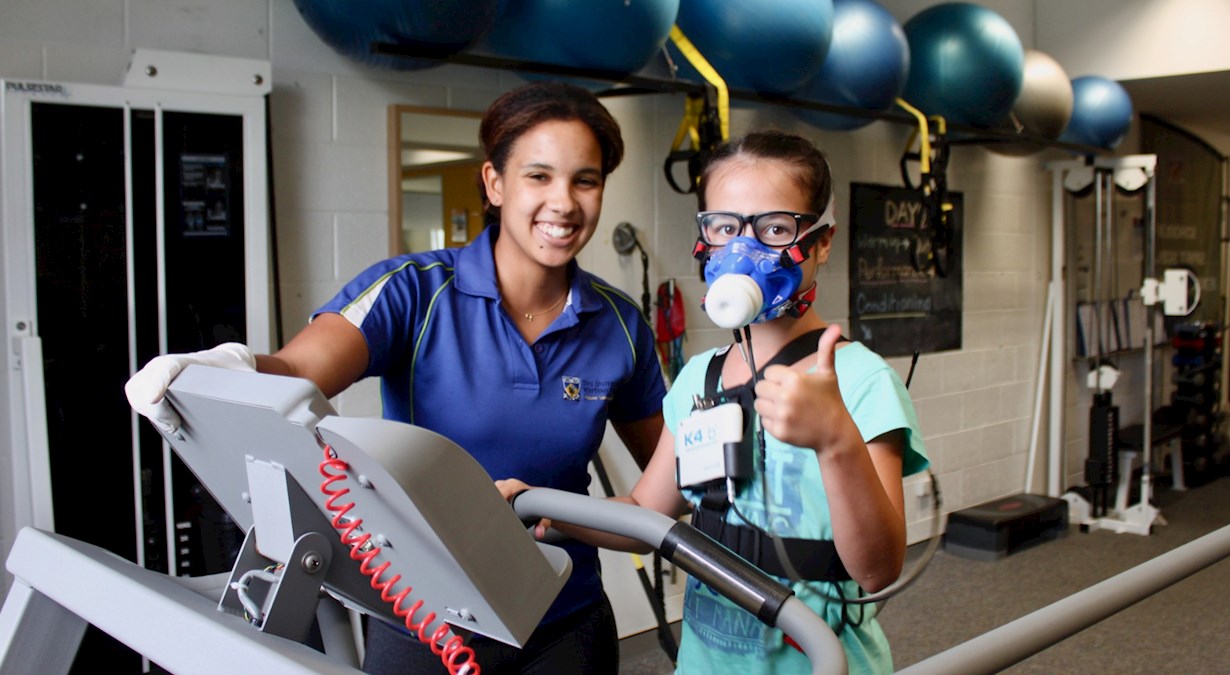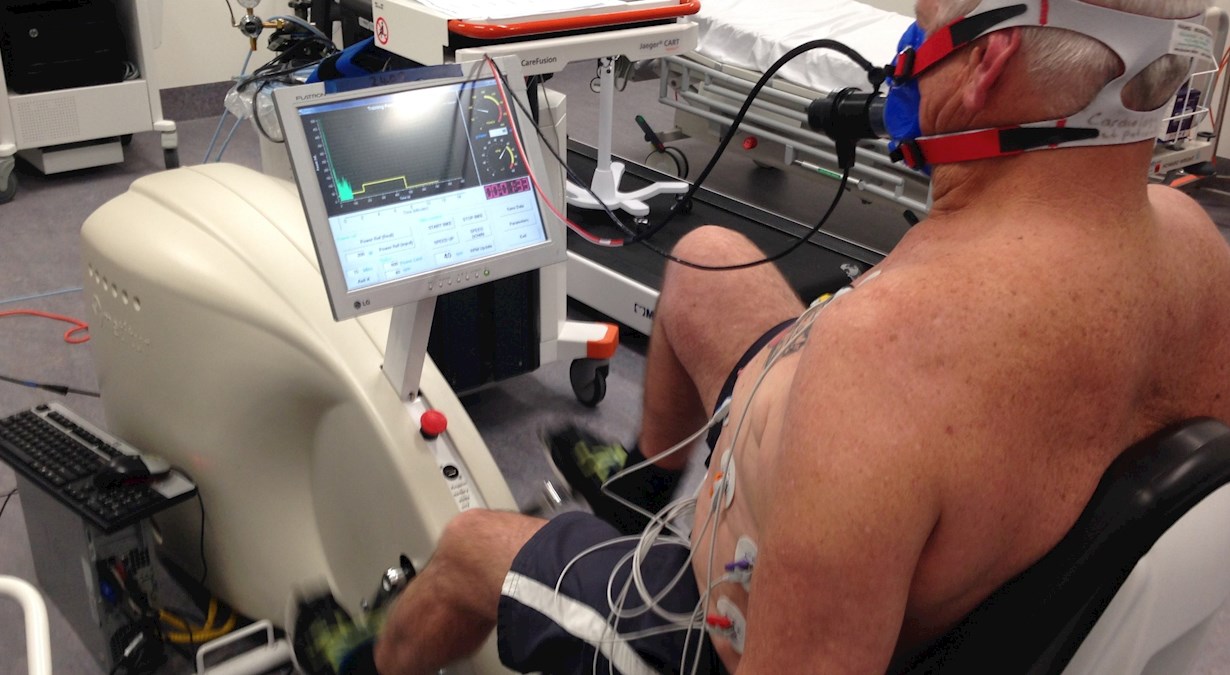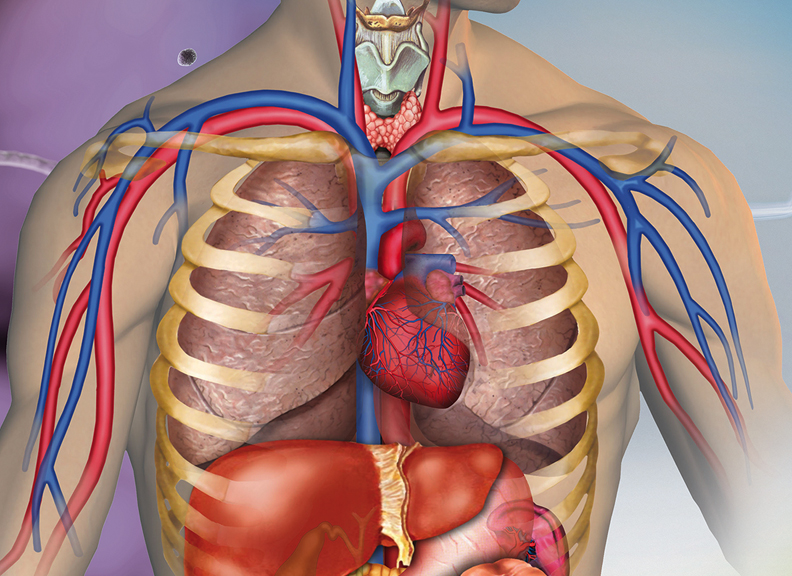
PROJECT
The testosterone and exercise study (TEX study)
Investigating the effects of testosterone and exercise on cardiovascular health
Advancing age is an unmodifiable risk factor for cardiovascular disease, and by the time men reach middle to older age, manifestations indicating the onset or presence of disease are commonly apparent.
An inverse relationship exists between age and testosterone levels, and some data suggests that low circulating testosterone may be an independent risk factor or even a predictor of vascular-event risk, which extends beyond a mere age-related phenomenon (Yeap et al., 2009).
Recent cross-sectional data found that in a group of men with type II diabetes, 31 per cent had low testosterone and in that sub-group, there was a significantly greater degree of risk factors related to vascular morphology and function compared to those with normal testosterone levels (Farias et al., 2014). In some cases, testosterone supplementation has improved cardiovascular outcomes and it is often prescribed under this premise (Handelsman, 2013).
In a low-normal testosterone research population, we are investigating what effect 12 weeks of testosterone administration or combined aerobic and resistance exercise training has on numerous outcomes of vascular function and structure. In addition, we seek to determine whether the combination of testosterone and exercise training provides any additional benefit compared to either intervention alone.
Previous research by our team has identified that regular exercise can induce improvements to vascular health. This project will help us determine what effect increasing testosterone by exogenous means has on vascular health, how it compares to exercise derived changes, and if there is justification to combine these interventions for added health benefits in those with low-normal testosterone.
Read more about our exercise research and our cardiovascular research group.
- Suggested readings
-
- Green, D. J., Eijsvogels, T., Bouts, Y. M., Maiorana, A. J., Naylor, L. H., Scholten, R. R., Spaanderman, M. E., Pugh, C. J., Sprung, V. S., Schreuder, T., Jones, H., Cable, T., Hopman, M. T., Thijssen, D. H. J. (2014). Exercise training and artery function in humans: nonresponse and its relationship to cardiovascular risk factors. J Appl Physiol 117: 345–352.
- Spence, A. L., Carter, H. H., Naylor, L. H. & Green, D. J. (2013). A prospective randomized longitudinal study involving 6 months of endurance or resistance exercise. Conduit artery adaptation in humans. J Physiol 591.5, 1265–1275
- Yeap, B. B., Araujo, A. B. & Wittert, G. A. (2012). Do low testosterone levels contribute to ill-health during male ageing? Crit Rev Clin Lab Sci 49(5-6), 168-182.
- Yeap, B. B., Hyde, Z., Osvaldo, P. A., Norman, P. E., Chubb, S. A. P., Jamrozik, K., Flicker, L. & Hnakey, G. J. (2009). Lower testosterone levels predict incident stroke and transient ischemic attack in older men. J Clin Endocrinol Metab 94, 2353-2359.
- Farias, J. M., Tinetti, M., Khoury, M. & Umpierrez, G. E. (2014). Low testosterone concentrations and atherosclerotic disease markers in male patients with type 2 diabetes. J Clin Endocrinol Metab 99, 4698-4703
- Handelsman, D. J. (2013). Global trends in testosterone prescribing, 2000-2011: expanding the spectrum of prescribing drug misuse. Med J Aust 199, 548-551.
Research team leader: Professor Daniel John Green
I am a human integrative biologist whose research focuses on the prevention of cardiovascular diseases. My specific expertise relates to novel imaging approaches to the assessment of micro and macrovascular diseases, including surrogate measures of early and occult disease.
How to apply
Interested in becoming part of this project? Complete the following steps to submit your expression of interest:
Step 1 - Check criteria
General UWA PhD entrance requirements can be found on the Future Students website.
Step 2 - Submit enquiry to research team leader
Step 3 - Lodge application
After you have discussed your project with the research team leader, you should be in a position to proceed to the next step of the UWA application process: Lodge an application. Different application procedures apply to domestic and international students.
Scholarships
- Scholarships specific to this project
-
Top-up scholarships may be available for this project. Contact the research team for details.
- Domestic students
-
All domestic students may apply for Research Training Program and University Postgraduate Awards (UPA) scholarships
- International students
-
A range of scholarships are available from international organisations and governments. The full list, organised by country, is available on the Future Students website.
In addition, all international students may apply for International Research Training Program scholarships.
- Indigenous students
- Indigenous students are encouraged to apply for Indigenous Postgraduate Research Supplementary Scholarships.
- Prestigious postgraduate research scholarships
-
Prestigious postgraduate research scholarships support graduate research training by enabling students of exceptional research promise to undertake higher degrees by research at the University.




































